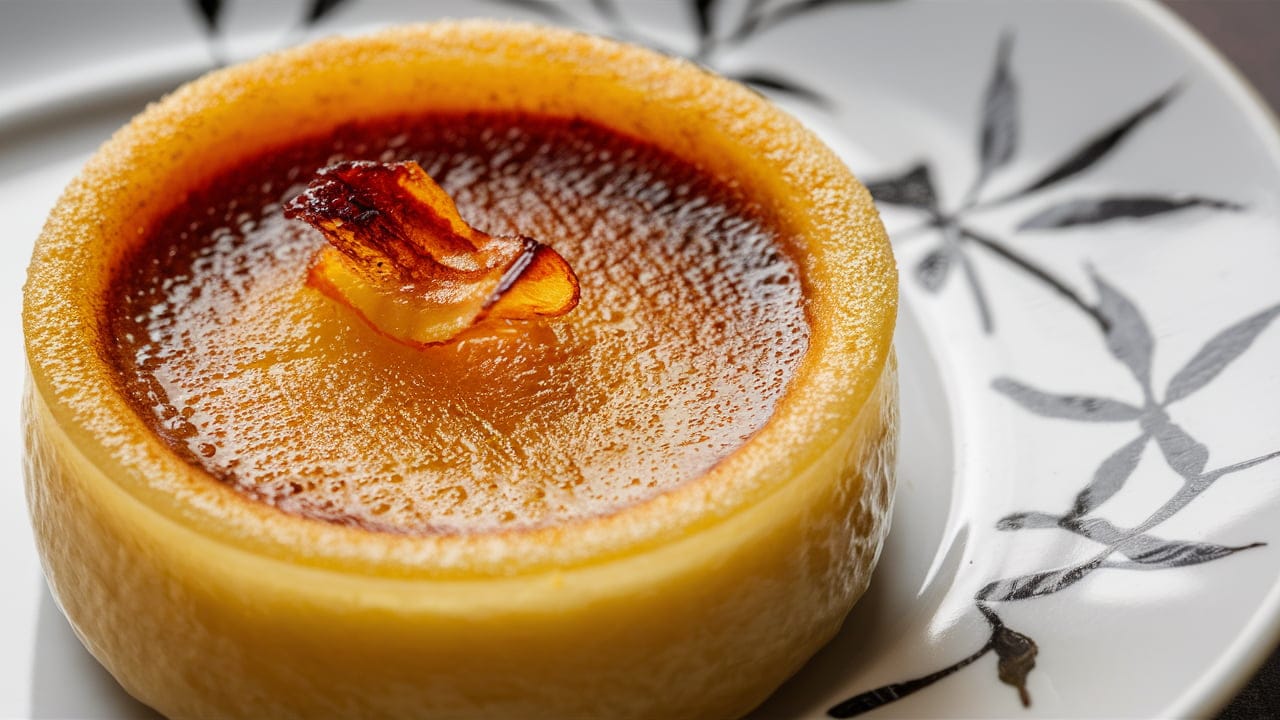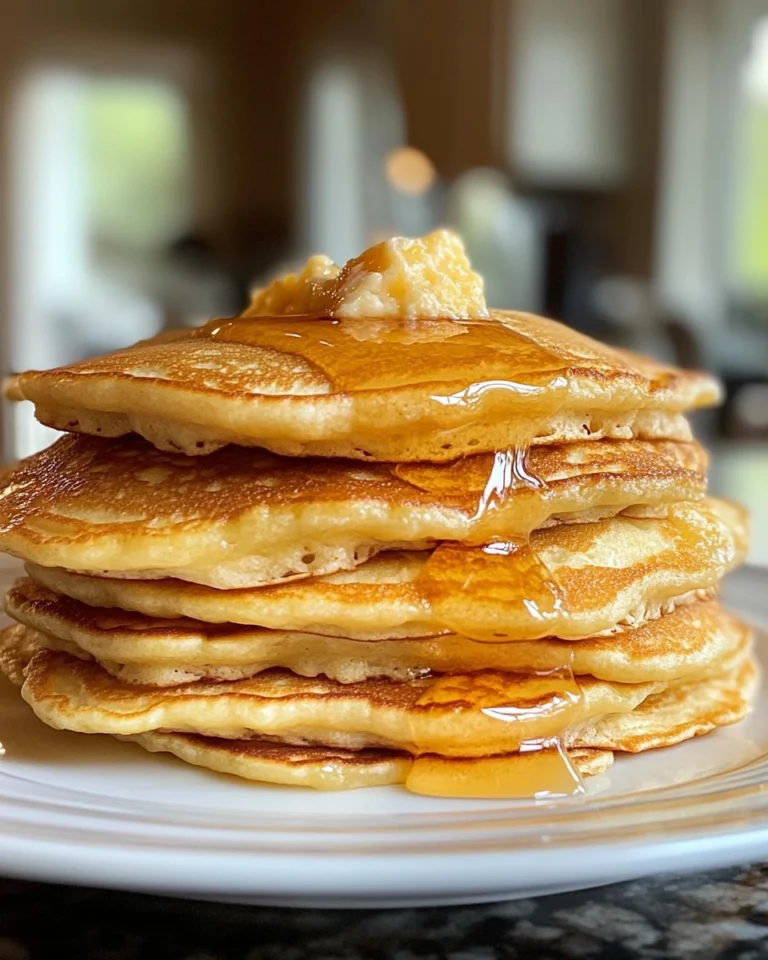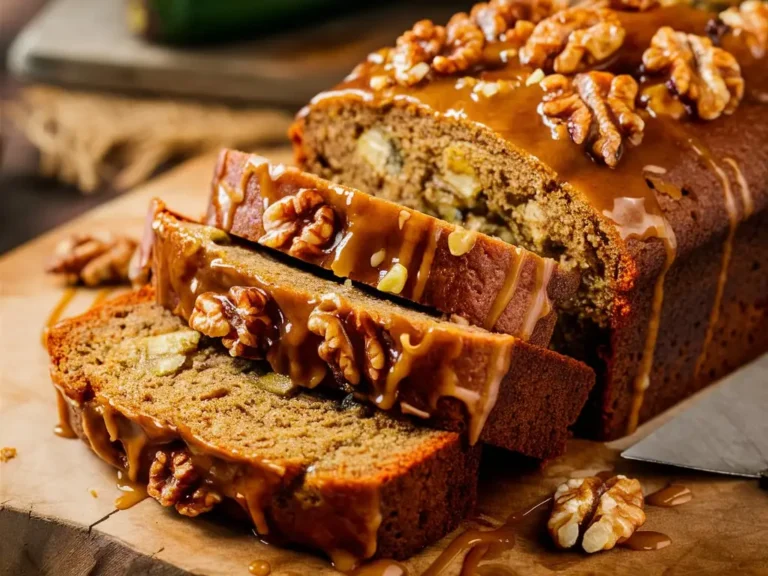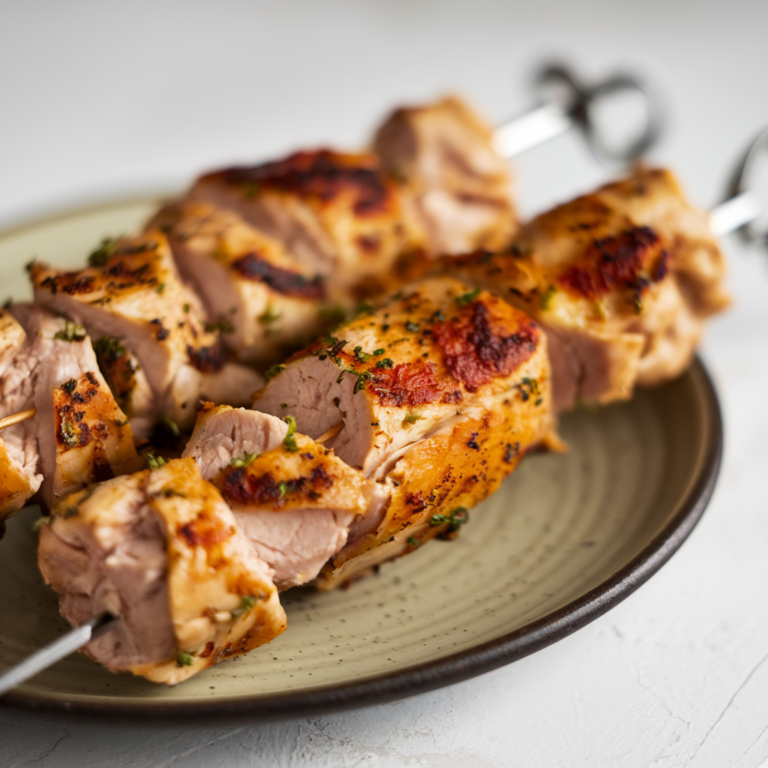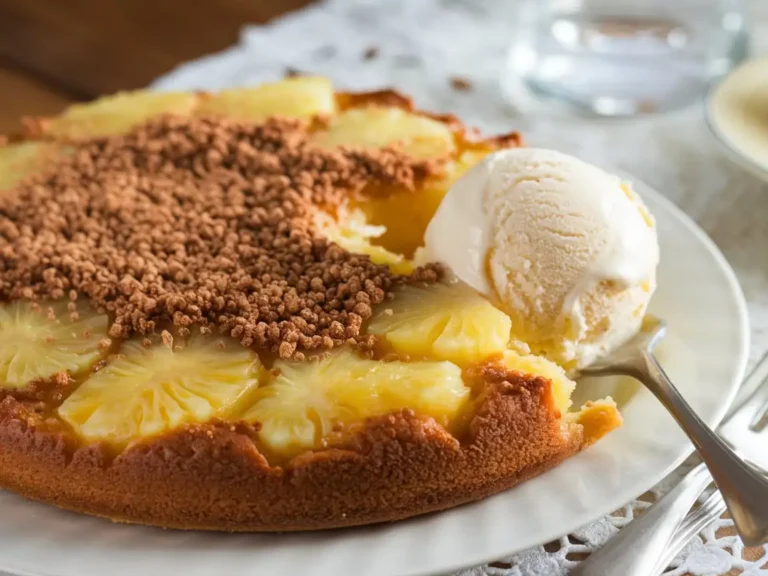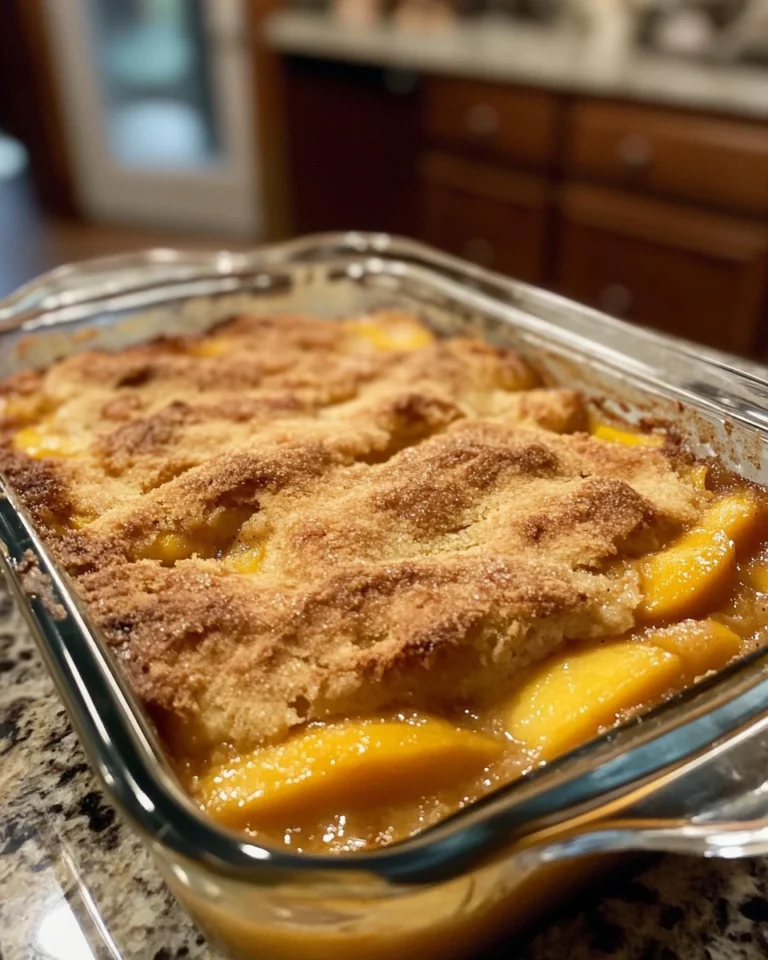Do you have to use Ramekins for Crème Brûlée?
Crème Brûlée is a classic French dessert, known for its creamy custard base and crisp caramelized sugar topping. The name, which translates to “burnt cream,” refers to the golden-brown crust formed by torching sugar. Although the dessert is simple in concept, it exudes elegance and sophistication, making it a staple in fine dining. Traditionally, ramekins are used to bake this delicacy, but are they truly necessary? This article will explore whether ramekins are essential for Crème Brûlée, what alternatives exist, and how these options might affect the final result.
The Importance of Ramekins in Crème Brûlée
Ramekins are small, round dishes typically made from porcelain, ceramic, or glass. They withstand high oven temperatures and are often used in French cuisine for dishes like soufflés, pot de crème, and Crème Brûlée. The ramekin’s role in preparing Crème Brûlée extends beyond holding the custard; it significantly influences the cooking process and final presentation.
Why Ramekins Are Traditionally Used
Ramekins are favored for several reasons that contribute to the success of Crème Brûlée:
- Even Heat Distribution: The thick walls of a ramekin distribute heat evenly, crucial for baking custards like Crème Brûlée. Even heat distribution ensures the custard cooks uniformly, resulting in a smooth, creamy texture without curdling or separation.
- Portion Control: Ramekins are the perfect size for individual servings, making them ideal for Crème Brûlée. This ensures each guest receives a well-balanced portion of custard and caramelized sugar.
- Aesthetic Appeal: Ramekins offer a visually appealing presentation, important for a dessert like Crème Brûlée, where appearance is almost as important as taste. The small, round shape enhances the dining experience.
- Heat Retention: Ramekins retain heat well, keeping the custard warm as it’s served, ensuring each spoonful is as delightful as the first.
How Ramekins Contribute to Texture
The texture of Crème Brûlée is one of its most defining characteristics. It should be smooth, creamy, and rich, with a crisp caramelized sugar layer on top. The way a ramekin conducts and retains heat plays a crucial role in achieving this texture.
When baking Crème Brûlée, the custard must cook gently and evenly. Ramekins help by preventing the edges from overcooking while the center remains underdone. The thick walls of the ramekin absorb and radiate heat in a controlled manner, allowing the custard to set perfectly without curdling.
Additionally, ramekins are small and individual, making them ideal for baking in a water bath. This technique moderates the heat, preventing the custard from getting too hot too quickly and ensuring an even, gentle cook.
The Aesthetic and Functional Appeal of Ramekins
Ramekins also have undeniable aesthetic appeal. The neat, uniform presentation they offer makes them a favorite in professional kitchens. The visual appeal of a perfectly baked Crème Brûlée, served in a ramekin, is part of what makes this dessert so special.
But what if you don’t have ramekins on hand? Does that mean you can’t make Crème Brûlée? Fortunately, the answer is no. Several alternatives can work in a pinch, though each has its own pros and cons.
Do You Have to Use Ramekins?
So, do you have to use ramekins for Crème Brûlée? The short answer is no, you don’t have to. While ramekins are the traditional choice, they are not the only option. Many home cooks have successfully made Crème Brûlée using alternative dishes that might already be in their kitchens.
Exploring the Necessity of Ramekins
The idea that ramekins are essential for Crème Brûlée likely stems from their association with the dessert’s history and tradition. However, the actual requirements for making Crème Brûlée are fairly simple: a dish that can withstand the heat of the oven and hold the custard mixture without leaking. This opens up the possibility of using a variety of other containers.
The key consideration when choosing an alternative to ramekins is the material and size of the dish. The material affects how the custard cooks, while the size determines the portion size and cooking time.
Potential Alternatives to Ramekins
Several common kitchen items can substitute ramekins. Here’s a look at some of the best options:
- Glass Jars: Glass jars, such as Mason jars, can be an excellent alternative to ramekins. They are heat-resistant and come in various sizes, allowing for flexibility in portion size. However, glass jars are more fragile than ramekins and require careful handling to avoid cracking under high heat.
- Ceramic Mugs: Ceramic mugs are another viable option. They are often used in baking for mug cakes, so they can withstand the heat required for Crème Brûlée. The main consideration here is the size; most mugs are larger than ramekins, so you may need to adjust the recipe or cooking time.
- Pyrex Dishes: Pyrex dishes, especially the smaller ones, can also work well. They are designed to be heat-resistant and are available in a range of sizes. However, because they are typically larger and deeper than ramekins, the custard may take longer to cook and could have a different texture.
- Small Casserole Dishes: If you’re making a larger, shared Crème Brûlée, a small casserole dish could be a good option. This will result in a larger dessert that can be scooped out rather than served individually. The depth of the dish may require a longer cooking time and could result in a different texture.
- Metal Tins: Although less common, metal tins can also be used, especially if you have small, individual-sized tins. Metal conducts heat more quickly than ceramic or glass, so the cooking time might need to be reduced to prevent overcooking.
Each of these alternatives has its own set of advantages and disadvantages, which we’ll explore in more detail.
Comparing Results: Ramekins vs. Alternatives
Now that we’ve looked at some potential alternatives to ramekins, it’s important to consider how these options stack up against traditional ramekins in terms of texture, taste, and presentation.
Texture Differences
The texture of Crème Brûlée is crucial to its success. Using a different dish can affect the texture in several ways:
- Evenness of Cooking: Ramekins are designed to cook the custard evenly, ensuring a smooth texture throughout. Alternatives like glass jars or ceramic mugs may not distribute heat as evenly, leading to potential issues such as overcooked edges and undercooked centers.
- Creaminess: The creamy texture of Crème Brûlée depends on slow, even cooking. Using a dish that conducts heat too quickly (like metal) or too slowly (like thick glass) can result in a less creamy custard. For example, a metal tin might cook the edges too quickly, leaving the center runny.
- Set of the Custard: The depth of the dish also affects how the custard sets. Deeper dishes will take longer to cook, which can result in a custard that is either overcooked on the edges or undercooked in the middle.
Taste Considerations
The taste of Crème Brûlée itself should remain largely unaffected by the choice of dish, as the ingredients and recipe remain the same. However, texture can influence the overall taste experience. A custard that is too firm or too runny might not provide the same satisfying contrast with the crunchy caramelized sugar.
Moreover, if the dish doesn’t allow for an even layer of sugar on top, the caramelization process could be uneven, affecting the flavor. The caramelized sugar should be thin and even, providing a crisp contrast to the smooth custard beneath. In a dish with an irregular surface, it might be harder to achieve this balance.
Presentation and Serving Experience
Presentation is a significant aspect of Crème Brûlée. The dessert is often served at the table in the ramekin it was baked in, allowing the diner to enjoy the visual and tactile experience of cracking through the caramelized sugar with a spoon.
Using an alternative dish will change the presentation. Glass jars can offer a rustic, charming presentation, while ceramic mugs might give a more casual, homely feel. A larger dish like a casserole would be suitable for a family-style dessert, but it loses the elegance of individual servings.
If presentation is a priority, consider the setting and the occasion. A formal dinner might call for the classic ramekin presentation, while a casual gathering could allow for more creativity with alternative dishes.
Tips for Making Crème Brûlée Without Ramekins
If you decide to go ahead and use an alternative to ramekins, here are some tips to help you achieve the best possible results:
Adjusting Cooking Times
Different dishes conduct heat differently, so it’s essential to adjust your cooking time accordingly. For example:
- Glass jars and Pyrex dishes: These tend to be thicker and might take longer to heat up, so you may need to add extra baking time. However, be careful not to overdo it, as the custard can still overcook at the edges.
- Metal tins: These will heat up quickly, so you might need to reduce the baking time to prevent the custard from overcooking. Start checking for doneness a few minutes earlier than the recipe suggests.
- Ceramic mugs: Because mugs can vary greatly in size, you’ll need to be flexible with your timing. Larger mugs will take longer to cook, while smaller ones might be done quicker.
Preheating the Dishes
Just as you would preheat a ramekin by placing it in a water bath before adding the custard, it’s a good idea to preheat any alternative dish you’re using. This helps to ensure even cooking and prevents the custard from setting too quickly in some spots while remaining undercooked in others.
Using a Water Bath
No matter what dish you use, a water bath (bain-marie) is crucial for making Crème Brûlée. The water bath helps to moderate the heat, ensuring that the custard cooks gently and evenly. Place your alternative dishes in a larger baking dish and fill it with hot water until it reaches halfway up the sides of the smaller dishes. This will prevent the custard from getting too hot and curdling.
Adjusting the Recipe
Depending on the size of the dish you’re using, you might need to adjust the recipe. If you’re using larger dishes, consider doubling the recipe to ensure you have enough custard to fill them adequately. For smaller dishes, reduce the recipe accordingly to avoid wasting ingredients.
Testing for Doneness
To test whether your Crème Brûlée is done, gently shake the dish. The custard should be set around the edges but still slightly jiggly in the center. Remember that the custard will continue to set as it cools, so it’s better to slightly undercook it than to overcook it.
FAQs
Here are some common questions about making Crème Brûlée without ramekins:
Can I make crème brûlée in a muffin tin?
Yes, muffin tins can be used as an alternative, but you’ll need to adjust the cooking time. Since muffin tins are smaller and shallower than ramekins, the custard will cook more quickly. Keep an eye on the custard and start checking for doneness earlier than the recipe suggests. The small size of muffin tins also makes them ideal for creating bite-sized portions, which can be a fun twist on the traditional dessert.
What can I use instead of a ramekin?
Several alternatives can work instead of ramekins, including glass jars, ceramic mugs, Pyrex dishes, small casserole dishes, and metal tins. Each of these options has its own set of pros and cons, so choose the one that best suits your needs and preferences. Just be sure to adjust the cooking time and recipe quantities as needed.
How deep should a crème brûlée dish be?
Ideally, the dish should be about 1-2 inches deep to ensure even cooking. If the dish is too deep, the custard may take too long to cook, resulting in an uneven texture. If the dish is too shallow, the custard may overcook quickly, leading to a firmer texture. The depth of the dish also affects the caramelization of the sugar on top, so aim for a dish that allows for a thin, even layer of sugar.
Is it possible to make crème brûlée in a larger dish?
Yes, it’s possible to make Crème Brûlée in a larger dish, such as a small casserole dish or a baking dish. This approach works well if you’re making a family-style dessert that can be scooped out and served. However, be aware that the custard may take longer to cook, and the texture might differ from that of individual servings. To avoid overcooking, check the custard frequently and remove it from the oven as soon as it’s set around the edges but still slightly jiggly in the center.
Does using different dishes affect the taste?
The taste of the custard itself remains largely the same, regardless of the dish used. However, the texture and presentation can influence the overall taste experience. A custard that’s overcooked or undercooked might not provide the same satisfying contrast with the caramelized sugar. Additionally, the shape and size of the dish can affect how the sugar caramelizes, which in turn can alter the flavor of the finished dessert.
Conclusion
While ramekins are the traditional and often preferred choice for making Crème Brûlée, they are by no means essential. With a little creativity and some careful adjustments, you can successfully make this classic dessert using a variety of alternative dishes. Whether you choose to stick with tradition or experiment with something new, the result will be a delicious Crème Brûlée that’s sure to impress.
Exploring these alternatives not only makes the dish more accessible but also allows you to put a personal spin on a beloved recipe. For those who enjoy experimenting with different dessert presentations, you might also find inspiration in this comprehensive guide on mini cupcakes or explore the versatility of ceramic mugs with a variety of cupcake recipes. Additionally, if you’re interested in trying out other dessert recipes that offer a twist on the traditional, consider checking out this guide on filled cupcakes, which explores creative fillings and presentation ideas that could inspire your next Crème Brûlée adventure.
In the end, the best dish for Crème Brûlée is the one that fits your needs, whether that’s a traditional ramekin or a more unconventional option. What matters most is the care and attention you put into making the dessert. With the right techniques and a willingness to experiment, you can create a Crème Brûlée that’s just as delightful, regardless of the dish you use.

